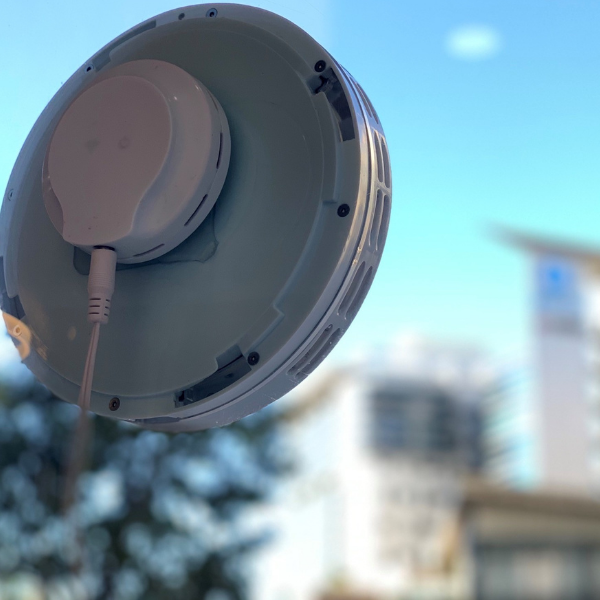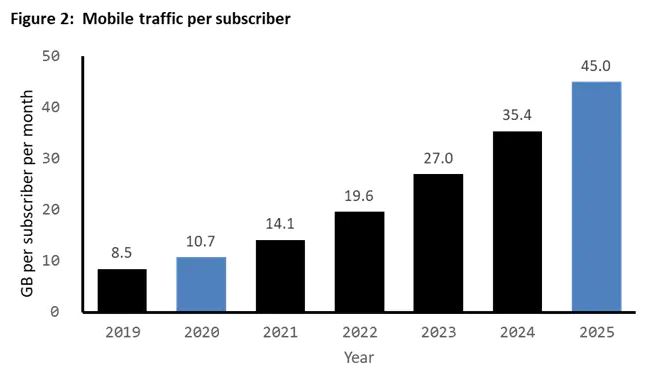5G is going to transform industries in ways we can’t yet imagine. Its rollout, however, is being slowed by installation problems at the edges, similar to Amazon’s “last-mile” delivery headaches.
As the remote-work revolution spreads businesses out geographically, they rely more than ever on mobile networks to communicate both with colleagues and customers. This is one of the ways digitization makes business communications a competitive advantage. At the same time, those companies’ devices are talking to each other more than ever. We see this in cutting-edge scenarios like the “digital twin” of BMW’s Regensburg factory.
But as we’ll see, all of this potential innovation is held back by one particular aspect of the delay in the 5G rollout: the costly installation of 5G and IoT technologies in homes and businesses.
What is the biggest problem with 5G infrastructure?
One of the benefits of cloud computing for a collaborative remote work environment is the integration of different devices in different locations. More digitized monitoring in a warehouse enables inventory managers to work from home when needed. Additionally, accessing simulations of possible arrangements that have to be computed in the cloud is possible. However, installing connected devices in homes and businesses has one major obstacle.
One of the most significant barriers to IoT and 5G infrastructure is the installation of devices into individual homes and businesses. This installation usually requires drilling power cables through exterior walls or laying out yards or power cables, which is time-consuming and expensive.
Why is the 5G rollout taking so long?
The main driver of the 5G rollout is the increase in mobile traffic. According to the Ericsson Mobility Report, average mobile traffic per user will grow from around 10GB monthly in 2020 to 45GB in 2025.
In “mobile-first” economies like those in south-east Asia, a full 5G rollout has already occurred. South Korea achieved partial 5G coverage for businesses in 2018 and became the first country to achieve a full 5G rollout in 2019.
This trend towards more and more data usage, more generous data plans and lower revenues per GB are pushing telecom companies to more cost-effective network technologies at the point they interface with users. These include small cell networks and distributed antenna systems, which mean the more dense installation of devices per square mile.
There’s an analogy to be made with Amazon’s “last-mile” delivery problem. Shipping a package hundreds of miles is very simple and cheap, but getting it from one end of town to another is made incredibly complex by the need to optimize courier journeys, the nuances of different housing arrangements, time wasted by failed deliveries, etc.
This becomes more of an issue for 5G as businesses become more geographically distributed. Whether they’re spreading out across a country, as many Silicon Valley companies have, or just within a city, trends like virtual call centers are putting business operations in different homes with different strengths of wifi connection.
Wireless power could speed up the deployment of 5G infrastructure by solving the problem of 5G installation in buildings. Wireless power makes the installation process cheaper and faster. It also makes it easy for end-users to install IoT infrastructure in their own homes and businesses, removing the need to drill and run wires with the help of an expert.
 How does wireless power improve 5G infrastructure?
How does wireless power improve 5G infrastructure?
Wireless power makes IoT and 5G infrastructure economical by eliminating the installation costs of new power supplies. The devices are installed outside the building while the power is efficiently transferred through the wall or window, enabling a layman installation process. Not only can this reduce the network operator’s capital expenditure by three-fold, but it also makes the configuration of these IoT and 5G devices faster and much more flexible.
For example, the windows of homes and businesses have a variety of glass thicknesses and materials. Wireless power devices like Powermat’s can be attached to the window without damaging the glass and automatically calibrate to enable the optimal transmission of power from one side of the glass to another.
How does wireless power change the game for large-scale 5G rollout?
By transferring power through materials like glass windows, walls, and wood doors, wireless power enables the quick and easy installation of IoT & 5G networks across homes and businesses.
Wireless power technology can transmit power to IoT & 5G devices through up to 20cm of materials, including external walls of buildings and Low E-Glass. This makes the installation of IoT & 5G technology for smart homes, smart buildings, and industry 4.0 facilities much easier, faster, and cheaper.
The impact of easy, low-cost installation enables 5G & IoT technologies to be quickly installed in settings spanning the automotive industry, urban mobility, robotics, medical technology, and more.
Learn More about Powermat’s Wireless Power Technology for Telecommunication Networks & IoT Devices





